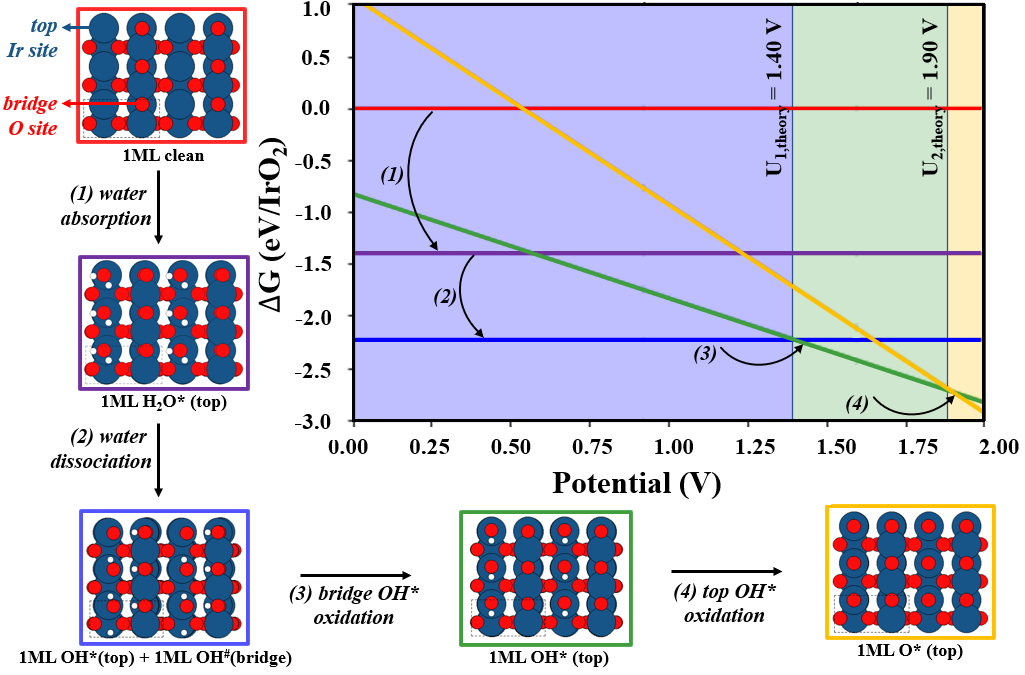3827029
Understanding the in-situ structure of iridium oxide single crystal surfaces during oxygen evolution reaction
Date
March 29, 2023
Related Products
Understanding the in-situ structure of iridium oxide single crystal surfaces during oxygen evolution reaction
Iridium oxides have been considered as a benchmark catalyst exhibiting high activity, albeit a modest stability, for the oxygen evolution reaction (OER) in acidic media…
Fundamentals of Bulk Oxide Catalysis:
: [CATL] Division of Catalysis Science & Technology
Fundamentals of Bulk Oxide Catalysis:
: [CATL] Division of Catalysis Science & Technology
Fundamentals of Bulk Oxide Catalysis:
: [CATL] Division of Catalysis Science & Technology



